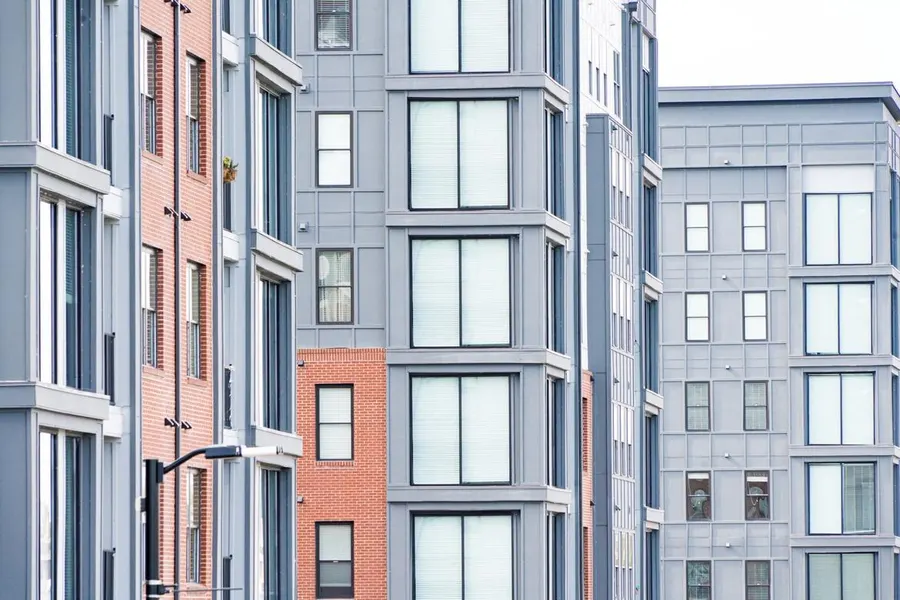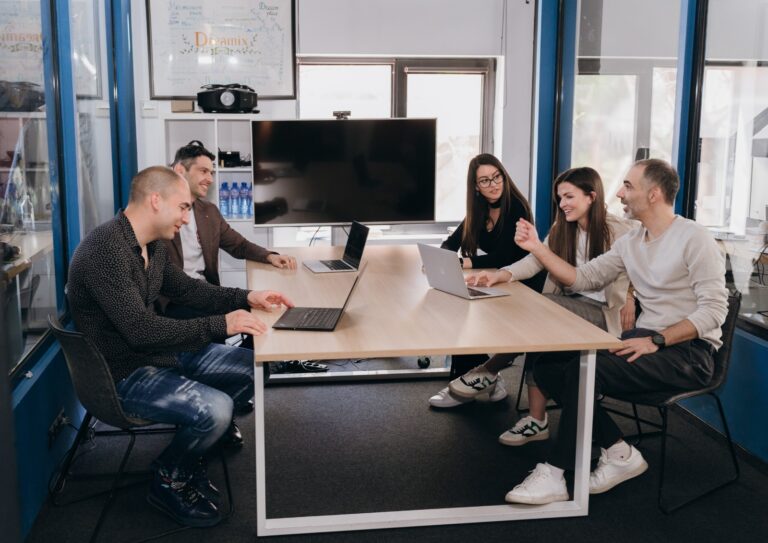Rethinking Multifamily Apartment Renovation with Digital Exactness
In the changing real estate market, multifamily housing is still a strong and valuable type of property. Whether you are in charge of an older building or upgrading a luxury apartment, keeping your property updated and appealing is necessary. Today, this often means starting a multifamily apartment renovation project that is just as bold in how it is done as it is in what it looks like.
Renovating multifamily buildings comes with its own set of challenges. These projects involve several units, different timelines for tenants, city rules, and strict expectations from investors. This is why doing well depends not just on good design and quality work, but also on how well the whole project is run from beginning to end.
Renovating for Today’s Multifamily Tenant
Tenants today want more than just a clean space and walls. They look for design that feels planned. They want amenities that make life better and smooth digital experiences like those in other areas. This means that fixing up apartments is not just about new cabinets or better flooring—it’s about thinking of new ways for people to live.
Renovation goals often include saving energy, making places easier to access, updating shared spaces, and adding technology like keyless entry or smart lights. However, this does not happen alone. Often, buildings are still being used during renovations. This means property owners have to balance when to work with how comfortable the people living there feel. They also need to keep costs down and make sure the project stays on schedule.
The mix of these different factors has made it hard for many developers and property managers. As a result, they have started to use technology for help. In particular, renovation planning software has become a key tool. It helps to manage the many pieces of multifamily projects—changing confusion into organization.
Why Traditional Renovation Management Falls Short
Managing a renovation for several apartment units, each with its own set of tasks, is not easy. On top of this, there are the issues of getting permits, working with service providers, waiting for materials, and keeping track of costs. A project can feel too much to handle if it relies only on spreadsheets and emails.
Renovation delays are often not about the work, but about how people communicate and plan. A package can be late because the information is old. A contractor might be waiting around due to a delay with a permit. A change in plans might not be shared well with the finance team. These little mistakes can lead to delays of weeks or even months, costing a lot of extra money.
Without central data and real-time tracking, teams cannot make quick decisions. They also lack full context. This causes delays, confusion, and lost chances to improve spending or schedules.
The Role of Digital Tools in Modern Renovations
Renovation planning software changes everything by providing clear information and management. It lets everyone involved—from investors to site managers—know exactly where the project is at all times. Schedules update in real time. Changes are recorded and approved online. You can manage the use of materials and labor in a smart way instead of just reacting to issues.
Software does more than just manage logistics. It also provides important information. By using past data on costs, delivery times, and vendor work, project managers can plan better and make accurate predictions. The software works as a management tool and a resource that gets better with time.
For renovations in multifamily buildings, this central approach is very important. When you’re working on many units, even small mistakes can be costly. Using digital tools helps you create a standard process, notice any delays quickly, and keep a high quality for every unit.
Case-by-Case Complexity Requires Agile Planning
No two renovations are the same, even in the same building. Some units may need full overhauls, while others only require surface updates. You might run into unexpected problems during the project. You could also find that certain upgrades do not meet local building rules.
This change needs flexibility. Renovation planning software helps teams adjust fast without losing oversight. Updates can be sent at once to everyone involved. Budgets can be changed in the moment. Most importantly, decision-makers can deal with issues clearly instead of with guesswork.
What used to take many meetings and several days can now be done in one dashboard. This gives everyone clear views of the task. This speed also means saving money, less risk, and improved results for both tenants and investors.
From Execution to Asset Value
In the end, renovating multifamily apartments is not just about looks; it’s about value. A good renovation makes the property more appealing, helps increase rents, and sets it up for success over time. But these results don’t come just from design. They come from careful work guided by data and careful planning.
At a time when profits are getting smaller and what renters want is increasing, property owners must use every tool that helps them stand out. Managing renovations electronically is not just something for the future—it’s something we need right now.
Final Thought
Renovating properties for several families is more than just building work—it’s a way to improve business. With careful planning, teamwork, and the right tools, these upgrades can create lasting value. They can also provide a better experience for renters and help keep your real estate safe for the future.







